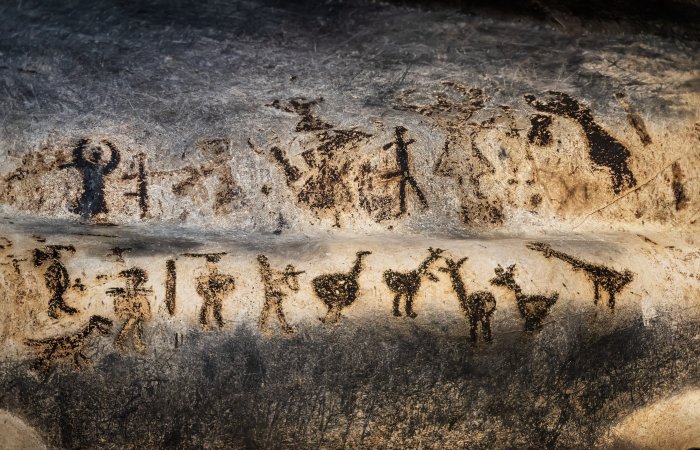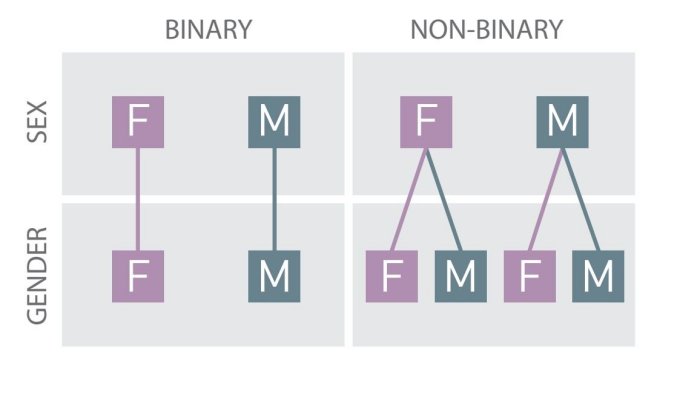Jan Bartek - AncientPages.com - People tend to think that the idea that biological sex is linked with one's role in society belongs in the past. But was it even the case in prehistory? Archaeologists at the University of Göttingen have investigated the representation of gender in Neolithic and Bronze Age graves (around 5500 BC to 1200 BC), in order to understand if the idea of gender in prehistoric Europe was really as "binary" as might be expected.
Credit: Adobe Stock - Jess_Ivanova
The researchers found that the role of prehistoric individuals was mostly—but not solely—determined by their biological sex. The researchers, however, also found that the methods currently available leave a lot of room for error.
Many people assume that the two biological sexes produce two genders. However, if we consider sex and gender separately, there are at least four possible combinations. Identifying gender norms and identities of people in prehistoric societies is a tough challenge for prehistoric archaeologists.
Researchers usually estimate the biological sex of prehistoric individuals based on their bones, and determine gender based on the objects that accompanied them in death. This complex conundrum can be simplified as: weapons for men, jewelry for women.
The researchers collected and analyzed the available sex and gender data from more than 1,000 individuals buried in large Neolithic and Bronze Age burial sites in Germany, Austria and Italy, spanning nearly 4,000 years of our distant past, and quantified how often sex and gender data matched, and how often they did not.
Binary and non-binary models (F: female/feminine; M: male/masculine). Credit: Nicola Ialongo/Eleonore Pape
The data shows that 10% of individuals do not fit the 'binary norm', but also that the gender and sex of only about 30% of the total population studied can, in fact, be determined. "What these numbers tell us," says Dr. Eleonore Pape, who carried out this research at the University of Göttingen and now works at the Max Planck Institute for Evolutionary Anthropology, "is that historically, we can no longer frame non-binary persons as 'exceptions' to a rule, but rather as 'minorities', who could have been formally acknowledged, protected and even revered."
See also: More Archaeology News
"But this is only one possible interpretation," adds Dr. Nicola Ialongo, University of Göttingen, "At this time, we still cannot assess the real impact—not only due to error margins of analytical methods (for instance osteology), but also of confirmation bias (meaning people tend to find what they want to find)." The future inclusion of biomolecular analyses—for instance ancient DNA and proteomics—will allow researchers to clarify our understanding of sex and gender in prehistory.
The study was published in Cambridge Archaeological Journal
Written by Jan Bartek - AncientPages.com Staff Writer







